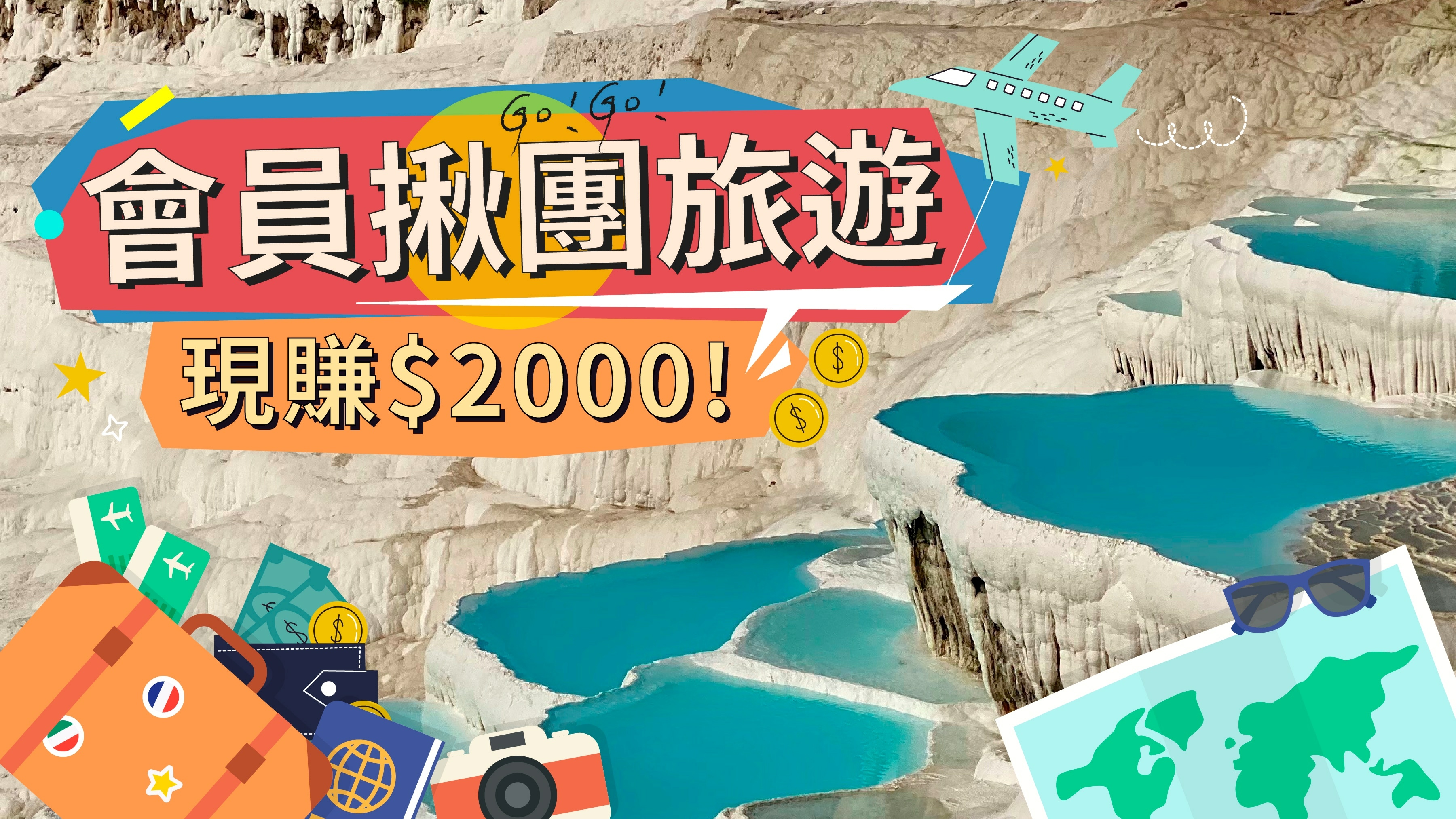【聯合報╱By HIROKO TABUCHI╱馮克芸譯】
Shrimp’s Path to Plate May Begin in a Tank
STOUGHTON, Massachusetts — In a warehouse south of Boston, away from the city’s bustling harbor, James Tran, a semiconductor designer, is incubating an unlikely product: shrimp.
Mr. Tran, who started Sky8 Shrimp Farm two years ago, is one of a growing number of small, high-tech shrimp farmers in America racing to feed the country’s seemingly insatiable appetite for the shellfish, without ravaging the environment, using harmful chemicals or depending on overseas suppliers accused of labor rights violations.
“To go on getting shrimp the way we have is wishful thinking,” Mr. Tran said . His extended family in Vietnam engages in traditional coastal shrimp farming, the kind often linked to environmental, food safety and labor troubles. But here, shrimp mature in fiberglass tanks fitted with recirculation, filtration and temperature control systems.
Americans love shrimp, which overtook canned tuna as the most-consumed seafood per capita in 2002.
Most of the shrimp the United States imports comes from farms in Latin America and in Southeast Asia, where environmental and human rights experts have identified labor rights abuses, hazardous working conditions, damage to ecosystems and the use of hormones and antibiotics.
Since last year, a bacterial disease has hit shrimp farms across Asia and Mexico, crippling shrimp production. Recent news reports have alleged the use of slave labor on boats that supply fish meal for shrimp farms in Thailand.
Shrimp fishing, too, has run into problems. Stocks are under pressure across the globe. China, once a major shrimp exporter, now imports shrimp to meet growing demand. American regulators called off this year’s Gulf of Maine shrimping season after research suggested that overfishing and warming waters had driven shrimp stocks to new lows.
Those mounting concerns are spurring a new generation of shrimp farmers, like Mr. Tran .
Though official statistics are not yet available, the number of small indoor shrimp farms in the United States has grown from just two to at least 22 over the last five years, with dozens more in the pipeline, according to RDM Aquaculture, which provides equipment and expertise to shrimp farmers.
The Monterey Bay Aquarium’s influential Seafood Watch program gives shrimp from these tank-based farms its highest rating for seafood that is farmed or fished sustainably. “We’re seeing newer farms come along that engage in closed, intensive shrimp farming, and there’s certainly a market for that,” said Pete Bridson, aquaculture research manager at the aquarium.
The new wave in American shrimp farming is part of a push by government and industry officials to raise the stature of aquaculture and reverse a disdainful public perception of farmed seafood, in part because of past controversies over cultivated ocean products.
Over all, American farmers made up 0.8 percent of global aquaculture production in 2011, according to the United Nations Food and Agriculture Organization.
Fisheries officials estimate that doubling American aquaculture production could create 50,000 jobs and more than $1 billion in revenue for farmers.
At Sky8 Shrimp, run by four workers, it takes about three months to grow batches of 40,000 shrimp larvae, which feed on fish meal, algae and seaweed, to a size favored by retailers and restaurants.
The farm uses tanks of Atlantic Ocean water, filtered and reused . There are no antibiotics, no hormones and no pesticides, according to tests carried out last year by the Food and Drug Administration, which regulates shrimp. There is little risk that shrimp might escape and harm wild stocks.
That attention to detail comes with a cost. Mr. Tran ships as much as 600 kilograms of fresh shrimp a month to local high-end buyers at $ 34 a kilogram, as much as twice the price to consumers of imported frozen shrimp . Still, he says Sky8 is struggling to meet demand . “We desperately need to expand capacity,” he said.
The average price of shrimp imported into the United States during the first quarter of the year was 45 percent higher than last year, according to data carried by the trade journal Undercurrent News.
In Indiana, Karlanea Brown and her husband, Darryl, have been farming shrimp since 2009 to supplement their income from corn and soybeans. Ms. Brown also run s classes on shrimp farming, financing and marketing in a big barn.
So far, their company, RDM Aquaculture, has helped get 14 shrimp farms off the ground, started by farmers, bankers, a phone technician and a former funeral home director. At least six more shrimp farms are coming online in the next year, Ms. Brown said.
“The U.S. shouldn’t be importing shrimp when we can make our own,” Ms. Brown said. “We ship our shrimp out so fresh, their legs are still kicking when they go out the door.”
中譯
波士頓南方、遠離熙來攘往的波士頓港,半導體設計師川恩在麻州斯托頓小鎮的倉庫裡孵育一種難以想像的產品:蝦。
川恩兩年前開設Sky8養蝦場,是美國越來越多的小型高科技養蝦場場主之一,他們正忙著滿足全美對於蝦這種有殼水產似乎永難饜足的胃納,而且不破壞環境,不用有害化學物,也不仰賴被控侵害勞工權益的國外供應商。
川恩說:「想要繼續以現行方式取得蝦子,是不切實際的。」他在越南的親人至今還以傳統方式在濱海地區養蝦,那種方式多半造成環境、食物安全及勞工問題。但在麻州斯托頓,蝦子在裝了循環、過濾及溫控系統的玻璃纖維槽中長大。
美國人愛吃蝦,2002年蝦超越罐頭鮪魚,成為全美人均攝食量最高的海鮮。
目前美國多數的蝦都由拉丁美洲及東南亞養蝦場進口,環境及人權專家已指出,那些養蝦場的勞工權益受損、工作環境有危險、養殖方法破壞生態系統,且使用荷爾蒙及抗生素。去年起,一種細菌性疾病襲擊亞洲及墨西哥養蝦場,重創蝦產量。最近有新聞報導指稱,泰國養蝦場在供應養蝦魚飼料的船隻上使用奴工。
捕蝦也碰到問題。全球蝦數量拉警報。中國大陸曾是蝦隻出口大國,現在為了因應國內日益擴大的需求,已改而進口蝦。在研究顯示過度捕撈及海洋暖化導致海蝦產量出現新低後,美國主管當局取消了今年的緬因灣捕蝦季。
這些日益沉重的問題造就了川恩這樣的新生代蝦農。雖然尚無正式統計數據,但提供養蝦業者設備及專門技術的RDM水產公司表示,美國小型室內養蝦場的數量,過去五年間已從2家躍升為至少22家,另有數十家等著開張。
美國加州蒙特利灣水族館極具影響力的海鮮觀察計畫,把這種槽式養蝦場養出的蝦,列為可永續養殖或捕撈的頂級海鮮。該館水產研究經理布里狄森說:「我們看到一些較新的養蝦場出現,採行封閉式的密集養蝦方式,那肯定有市場。」
美國政府及業者正力圖提高水產養殖業的地位,並扭轉人們對養殖海鮮的惡劣印象,養蝦業這股新潮流遂應運而生,民眾之所以印象惡劣,與養殖海產引發過一些爭議不無關係。
聯合國糧農組織統計,全美2011年養殖水產產量,占全球總產量的0.8%。漁業官員估計,如果把美國養殖水產量加倍,可創造5萬個工作機會,且為養殖業者帶來10億美元以上的營收。
Sky8養蝦場有四名工作人員,該公司以魚、海藻及海草為飼料,約費時三個月才能把四萬尾蝦苗培育到零售業者及餐館喜歡的成蝦大小。該公司以水槽養蝦,使用大西洋的海水,加以過濾並循環使用。蝦隻安全的主管機關美國食品藥物管理局去年所做的檢測顯示,Sky8養蝦場不用抗生素、荷爾蒙、殺蟲劑,這些養殖蝦從Sky8外流且危害野生蝦的風險微乎其微。
如此注重細節成本自然也高。川恩每個月供應當地高端買家最多600公斤的鮮蝦,每公斤售價34美元(約台幣1000元),差不多是進口冷凍蝦的兩倍價格。儘管如此,川恩說,Sky8現在供不應求,他說:「我們極需擴充產能。」
漁業貿易期刊《暗潮新聞》的數據顯示,今年第一季美國進口蝦的平均價格比去年高了45%。
在印第安納州,卡拉妮亞.布朗和她的先生從2009年起就一直在養蝦,藉此貼補種植玉米及大豆的收入。她還在一間大穀倉裡開課,傳授有關蝦的養殖、財務安排及行銷的課程。
他們的RDM水產公司迄今已經協助14家養蝦場順利開業,場主有農民、銀行家、電話技師及前殯儀館主任。卡拉妮亞說,在接下來的一年中,至少還有六家養蝦場會開張。
卡拉妮亞說:「美國有能力自行養蝦時,就不應該進口。我們的蝦那麼新鮮,出貨時蝦腳都還在動呢。」


 留言列表
留言列表


